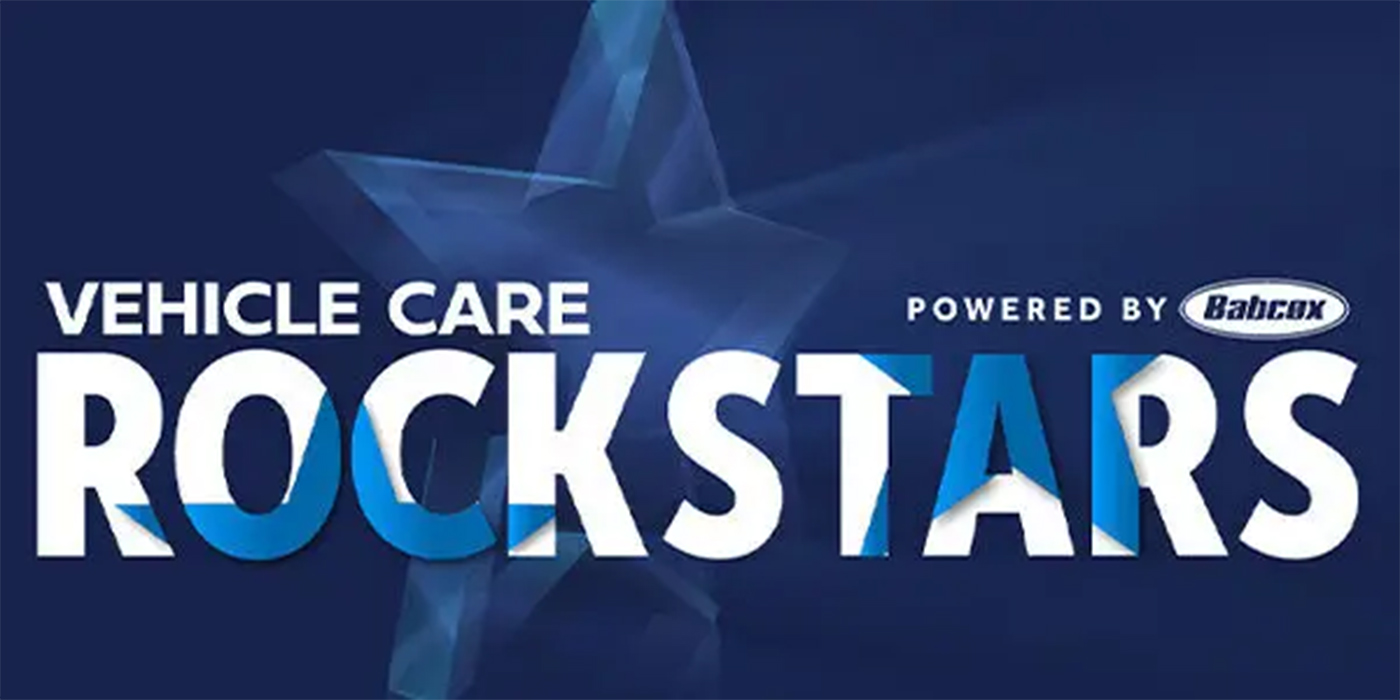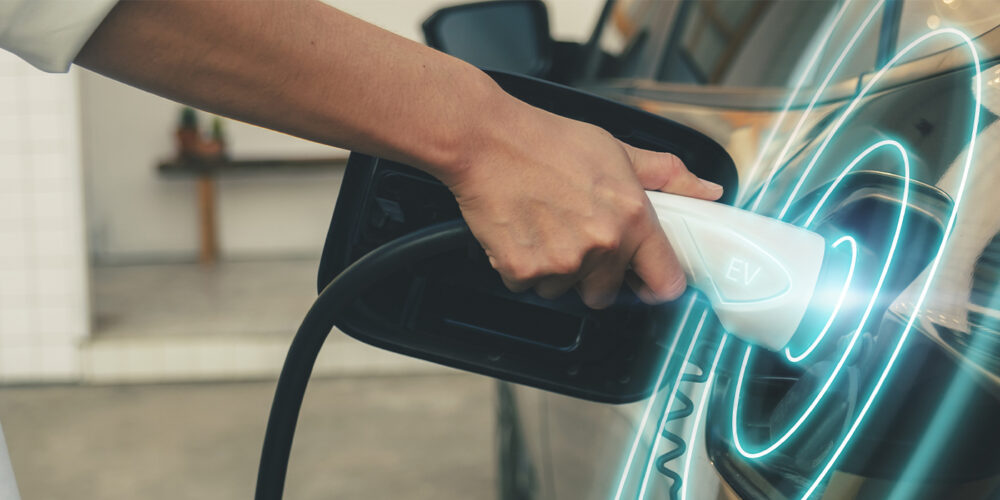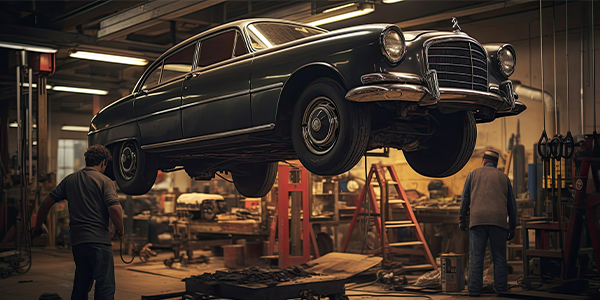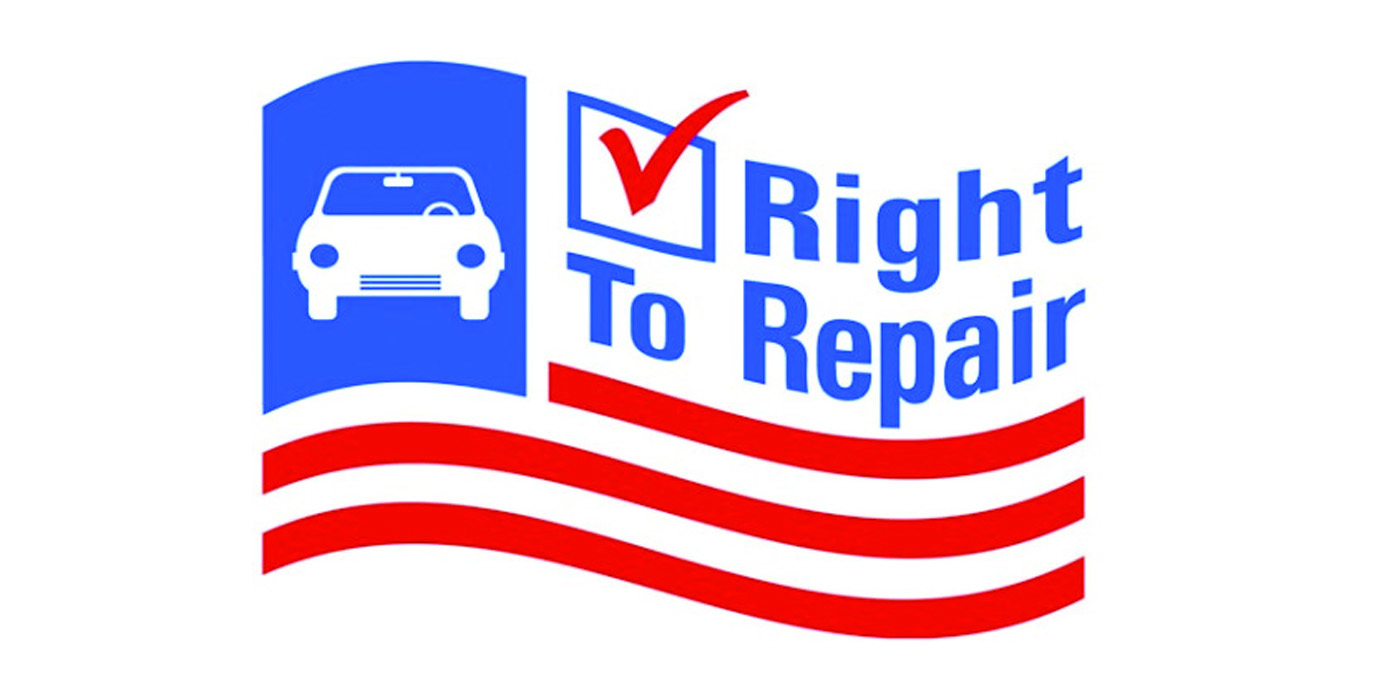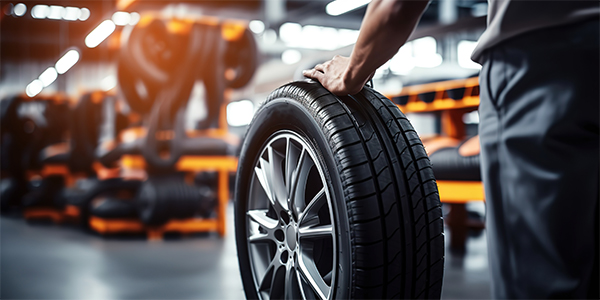All year-round, a part of my job is to meet and discuss business conditions with industry experts. These experts cross all lines in the aftermarket, from shop owners to manufacturers, to distributors, to repair technicians. Earlier this year, one of our industry’s top suppliers held its own “business conditions” discussion with more than 500 shop owners, and shared their results with me. Please review this and let me know your thoughts. Do some of these challenges reflect the same ones you see on a day-to-day basis, or do you face other unique conditions in your market area?
Are we — by “we” I mean independent repair shops — in a Profitability Crisis? Are we in short-term and possibly long-term trouble? Well, let’s look at the facts. Every year, it appears there are more and more shops just struggling to stay afloat. Most shops are in business 25-27 years. These shops might like to get bigger and more profitable and generate more business, but they struggle to stay alive. They are working harder and making less. Think about it — broken cars are disappearing. Vehicle reliability continues to grow, as everything lasts longer and works better.
Here are the challenges we see for the Independent Shop Owner:
Profitable maintenance work is going to the most aggressive marketers. Many shop owners are also working on cars in an effort to control costs and profits. What’s happening instead is they’re not focusing on growing their business. Speaking with a major supplier of diagnosis and repair information for the shop, they said the number one reason they lose customers is that the customer goes out of business.
Review the list below. Do any of these challenges apply to you?
Low or uncontrolled margins, due to a lack of focus on profitable business or perhaps focusing on the wrong part of your business.
Getting out of the habit of selling scheduled or preventive maintenance — we call this “upselling.” Are you doing it enough?
Ineffective, mis-directed or non-existent marketing.
Poor customer follow-up.
Low customer visit frequency.
Ineffective access to customer/vehicle and their repair history.
Multi-shop customers — These customers go to a repair shop for repairs, but to their dealership for maintenance or a tire shop for tires. (This is your opportunity to get them to your shop with a maintenance schedule of your own, based on the manufacturer’s guidelines.)
Bargain shopper customer.
Poor customer retention.
A future challenge — Getting and keeping qualified professional technicians, service writers and counter people.
Don’t let this happen to you. Manage your business.
Steps you can take to improve your profitability:
Improve Your Productivity: Look for opportunities to increase your scheduled maintenance business. Work to make the “repair event” (a breakdown or loss) less of a factor in your shop. Maintenance work can be profitable. It should not be left to the car dealerships. Create a customer acquisition and retention process. Include regular customer follow-up, at-counter communications, pre-scheduling of maintenance work and ongoing customer education.
Evaluate the opportunity available from your current market. Can it sustain growth? Understand that sometimes your opportunity for growth is coming from a highly competitive segment. Increasingly we are seeing dealers and the large chains marketing and promoting their services to your customers. Quick lubes and tire chains, previously single-market type of outlets, are now looking to expand their business into mechanical service. Examine your marketing plan and make sure you are reaching the market that will help you grow.
Understand current repair needs and future repair needs of your customers. New technologies are being built on top of the old technologies that you are familiar with, leading to pyramid systems. Transmission and drivetrain, chassis (active damper system), restraint (dual state/dual threshold front airbags), comfort (air filtration), brakes and crash avoidance are just some of the areas in transition. Keep up with the changes.
In short, in order to be profitable and continue to grow you must find the tools that will help you improve your business and your performance. Then purchase them and put them to work. Join a professional network to learn best practices from your competitors and peers. Stay current with changing technologies. Stay current with local market trends. Make sure you and your staff have access to the latest vehicle information. You will be glad you did.




